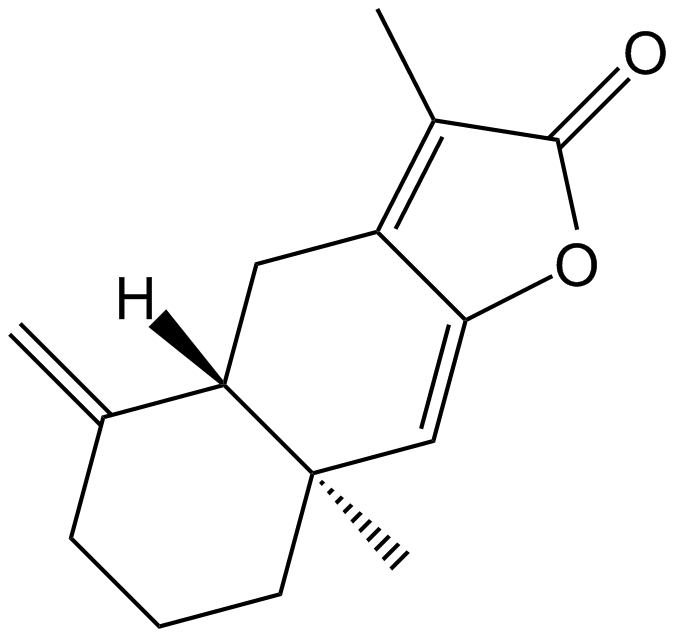Atractylenolide I |
| Catalog No.GN10627 |
Products are for research use only. Not for human use. We do not sell to patients.

Cas No.: 73069-13-3
Sample solution is provided at 25 µL, 10mM.
Review for Atractylenolide I
Average Rating: 5 (Based on Reviews and 30 reference(s) in Google Scholar.)
Review for Atractylenolide I
GLPBIO products are for RESEARCH USE ONLY. Please make sure your review or question is research based.
Required fields are marked with *




















